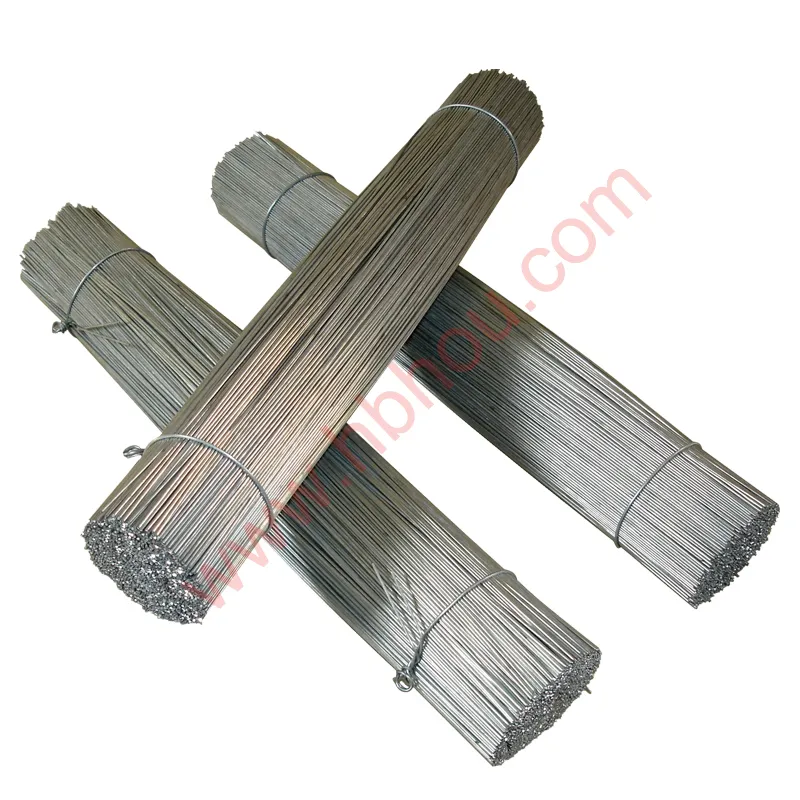The Significance and Symbolism of Barbed Wire Fences
Barbed wire fences have become not only a practical solution for securing properties but also potent symbols of division, confinement, and historical significance. Originally invented in the late 19th century, barbed wire was designed to keep livestock in designated areas while preventing intruders from wandering onto private lands. However, as time has passed, the implications of barbed wire have extended far beyond its utilitarian roots.
The invention of barbed wire in 1867 by Joseph Glidden revolutionized agriculture, particularly in the American West. The vast expanses of land that characterized this region posed a challenge for farmers and ranchers eager to establish boundaries. Barbed wire offered an efficient and affordable means to enclose territories, enabling the rise of the cattle industry and fostering a new framework for land ownership. As the fences spread across the landscape, they signified progress and the triumph of settlers who sought to tame the wild terrain.
The Significance and Symbolism of Barbed Wire Fences
Today, barbed wire fences stand in various contexts across the globe, embodying complex layers of meaning. In some areas, they serve to safeguard not only agricultural fields but also homes and communities, providing a sense of security against external threats. However, in other regions, barbed wire denotes exclusion, as seen in the fences erected along borders to deter illegal immigration or to separate conflicting groups. The fences symbolize a refusal to embrace diversity and an inclination toward separation.
barbedwire fence

Artistically, barbed wire has inspired numerous works that explore themes of protection, vulnerability, and the human condition. Artists have used barbed wire in sculptures and visual art to evoke feelings of entrapment or the struggle for freedom. Its harsh, jagged form creates a visual tension that invites viewers to ponder the paradox of safety and danger, where what is meant to protect can also impose harm.
Moreover, the environmental implications of barbed wire cannot be overlooked. Fences can disrupt wildlife migration and endanger species that may become entangled in the wire. Conservationists have raised concerns over wildlife-friendly fencing options that could allow animals to pass unhindered while still serving the goals of landowners. This underscores the ongoing challenge of balancing human interests with environmental stewardship in an increasingly interconnected world.
The discussions surrounding barbed wire fences also touch on issues of social justice and human rights. Advocacy groups often highlight how the barriers represent more than just physical boundaries; they reflect deeper societal issues such as racism, xenophobia, and the consequences of militarization. Movements that seek to dismantle such barriers urge society to reconsider what it means to belong and how inclusive communities can be built.
In conclusion, barbed wire fences are multifaceted entities rich in historical, cultural, and social significance. From their origins in the agricultural revolution to their portrayal in art, and their role in contemporary debates over security and human rights, these fences provoke reflection on the themes of division and connection. As we move forward in a world increasingly marked by disparity and segregation, the symbolism of barbed wire reminds us of the ongoing need for dialogue, understanding, and a commitment to fostering inclusive spaces that celebrate, rather than hinder, the freedom of all individuals.
















